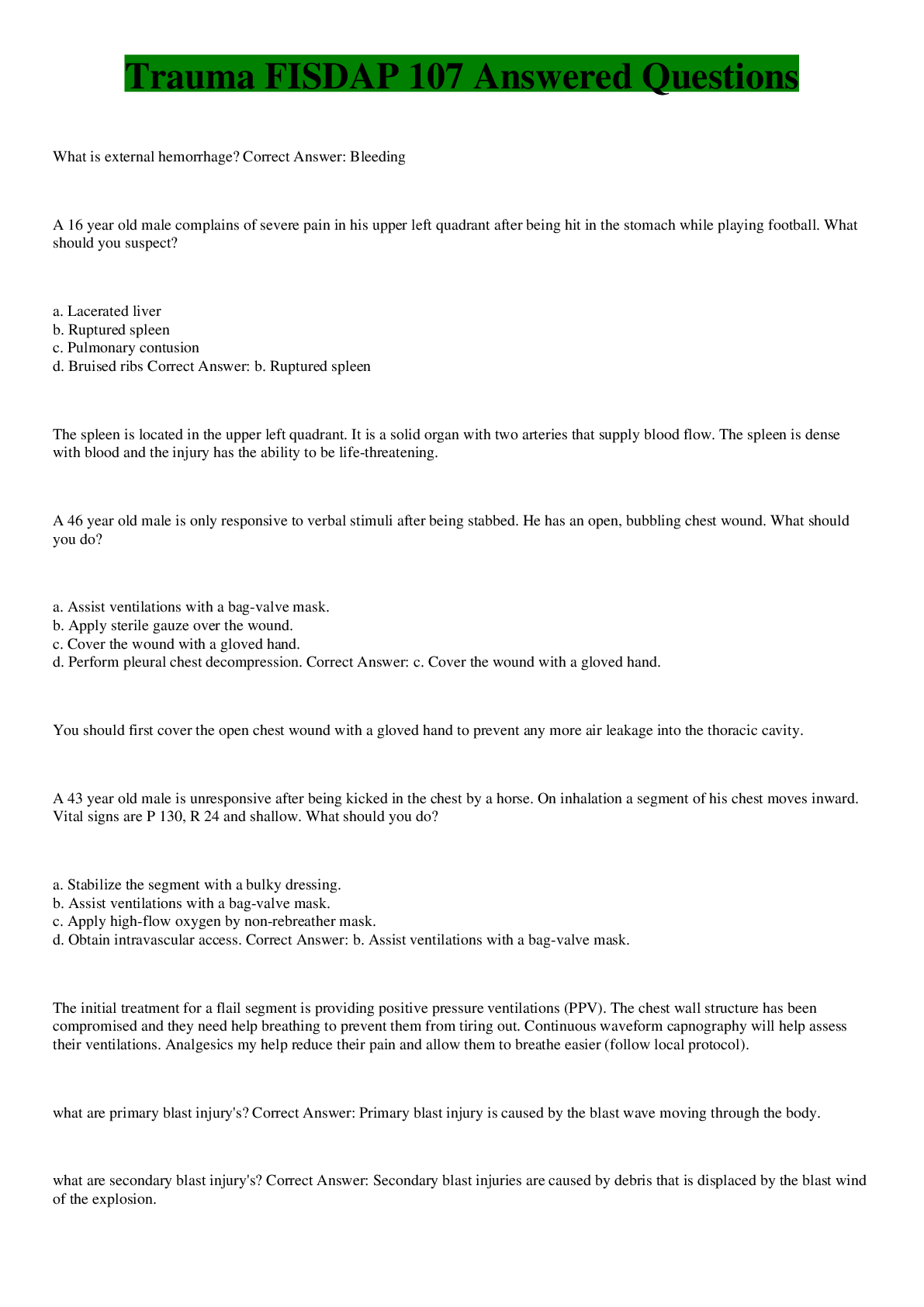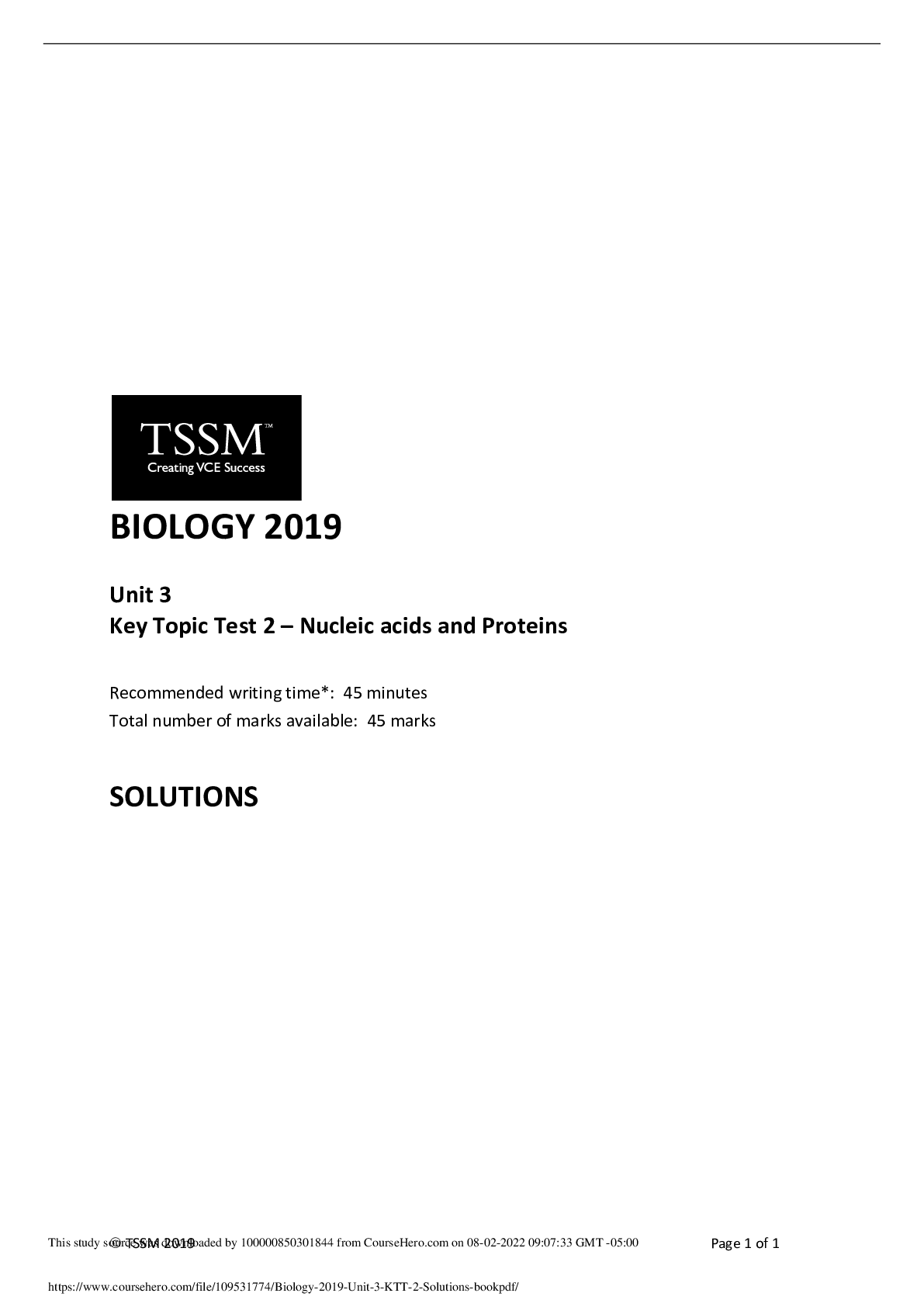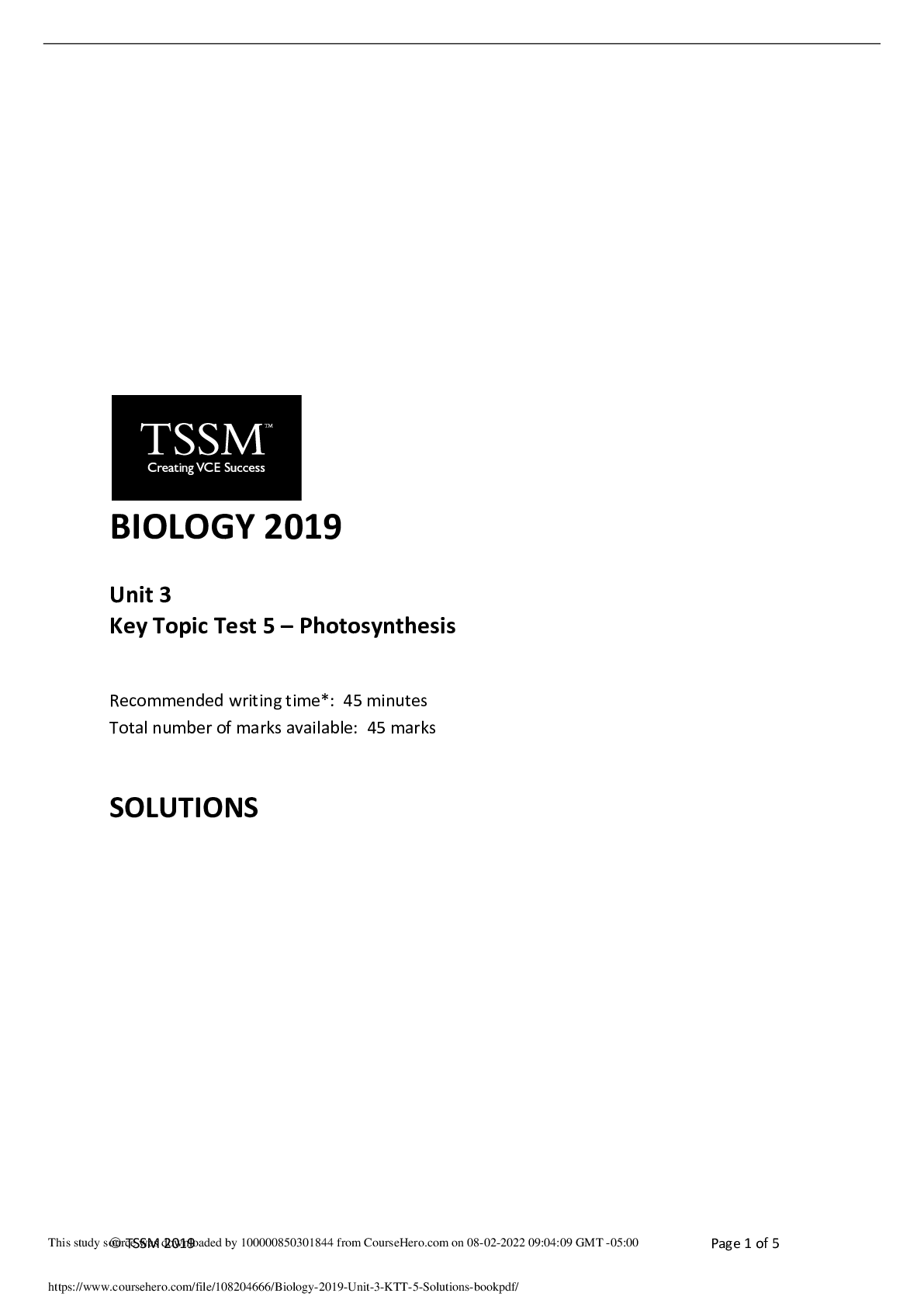Environmental Science > ANSWERS AND COMMENTARIES > Answers for to Potential Exam Questions - University of Toronto GGR 107 (All)
Answers for to Potential Exam Questions - University of Toronto GGR 107
Document Content and Description Below
EXAM SAMPLE QUESTIONS Short Answer Example Questions: 1. What are some key concepts or components that help us understand a person’s worldview? That is, what are some ways we can understand how w... orldviews might differ? -Components (not limited to these) nature/relation to nature, the nature of human beings, time orientation, religion/ spirituality, politics/economics, doing/being, people’s individual/collective beliefs, values and perceptions -Differing, a lot of worldviews are locally constructed, taboos etc., individual, worldviews are collection of events and experiences 2. What is critical thinking? Why is it important in the context of food geography? -Ability to think clearly and rationally about what to accept. Includes ability to reflect and think independently. You look at the claims, the context, kinds of reasoning, evidence, evaluate argument… Claims What’s it really about? Separate claims from evidence Context Audience, Affiliation, Historical period, Types of writing, Location Kinds of reasoning Types, Methods used, Appropriate to context? Evidence Enough evidence, Credible sources, Relevant or sufficient Primary or secondary sources Evaluating the argument Strong, Sense Errors, Gaps, Assumptions Page 1 of 13 -Consists of a priori (accepted definition and expansion on that) and a posteriori (observation and quantitative) reasoning, and ethnic reasoning -Critical thinking can be important in the context of food geography because it allows the viewer to judge what is wrong and right depending on their world view and the world view of others possibly part of the food system. It allows for consideration of the other party, and helps you define what is right or wrong depending on context and what are the definitions of those right or wrong concepts. -In terms of food geography, critical thinking helps to create a better understanding of what goes on with the food we eat instead of accepting what is told to you this especially in terms of food politics and food ethics. 3. Explain the difference between stereotyping, discrimination, and structural oppression. -Stereotyping is a widely held but fixed over simplified image or idea of a person group or thing e.g. men only want sex – often the way people think. Ex. Women are not good leaders -Discrimination is the unjust or prejudicial of different categories of people or things, especially on the grounds of race, age, or sex. This could be acting on stereotypes like not hiring a person based on their sex -Structural oppression is the systematic mistreatment of people that maintains a hierarchy - based on race, class, gender, sexuality, and/or other group identities – this is throughout the system: the Holt-Gimenez reading goes over this, structural oppression in the food system causes white farmers to be disproportionately owners while black farmers in the have had widespread land loss -Use of power can help differentiate different stereotypes, or show us discrimination. The way power can trickle down. E.g. who is in power vs. who is not? 4. What is a food system? Explain the difference between “dominant” and “alternative” food systems, using examples from the course material. -Food system is the structures, networks, processes and practices through which the production, transformation, communication, circulation, representation, consumption, disposal and recycling of food takes place – Columbo -A food system is everything from the production to the disposal of food, including every connection and method of production used in the system -Dominant food system refers to the mainstream or conventional way of getting ones’ food, this can include popular grocery stores and any commanding or authoritative/ruling systems. Typically food travels far before getting to grocery stores -Alternative is anything other than the mainstream and this can include farmers market, Fairtrade and shorter food chains/direct, local/traditional and slow food… 5.What is a food commodity chain? Using an example from the lectures or the readings, briefly explain each stage in the commodity chain. -Significant production, distribution and consumption nodes, and the connecting links between them, together with social, cultural and natural conditions involved in commodity movements. This chain displays the journey of a food item from production to consumption and the various links in that chain. TOMATOES Production: Grown from seeds, either seeds saved from past tomat [Show More]
Last updated: 1 year ago
Preview 1 out of 13 pages
.png)
Reviews( 0 )
Document information
Connected school, study & course
About the document
Uploaded On
Dec 17, 2022
Number of pages
13
Written in
Additional information
This document has been written for:
Uploaded
Dec 17, 2022
Downloads
0
Views
31

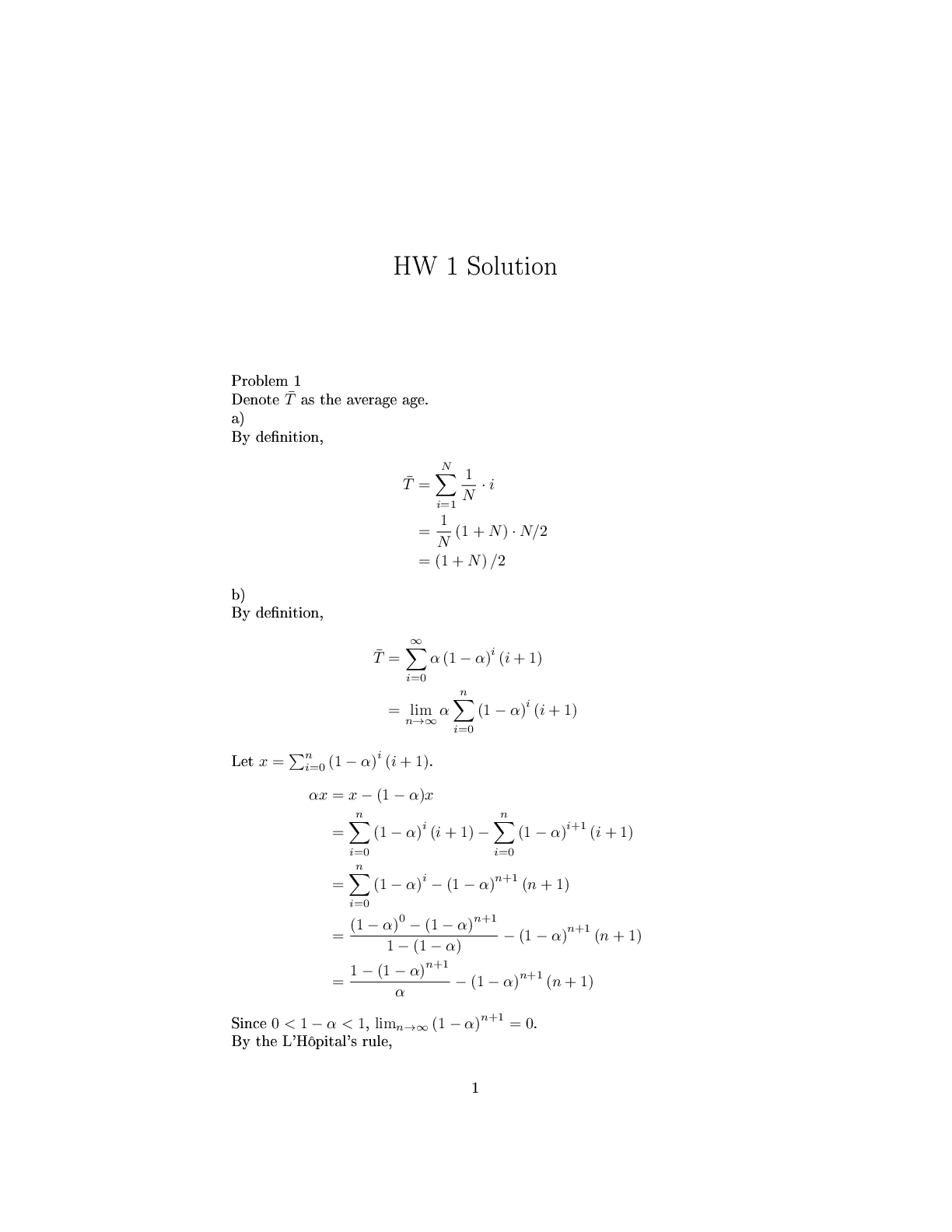
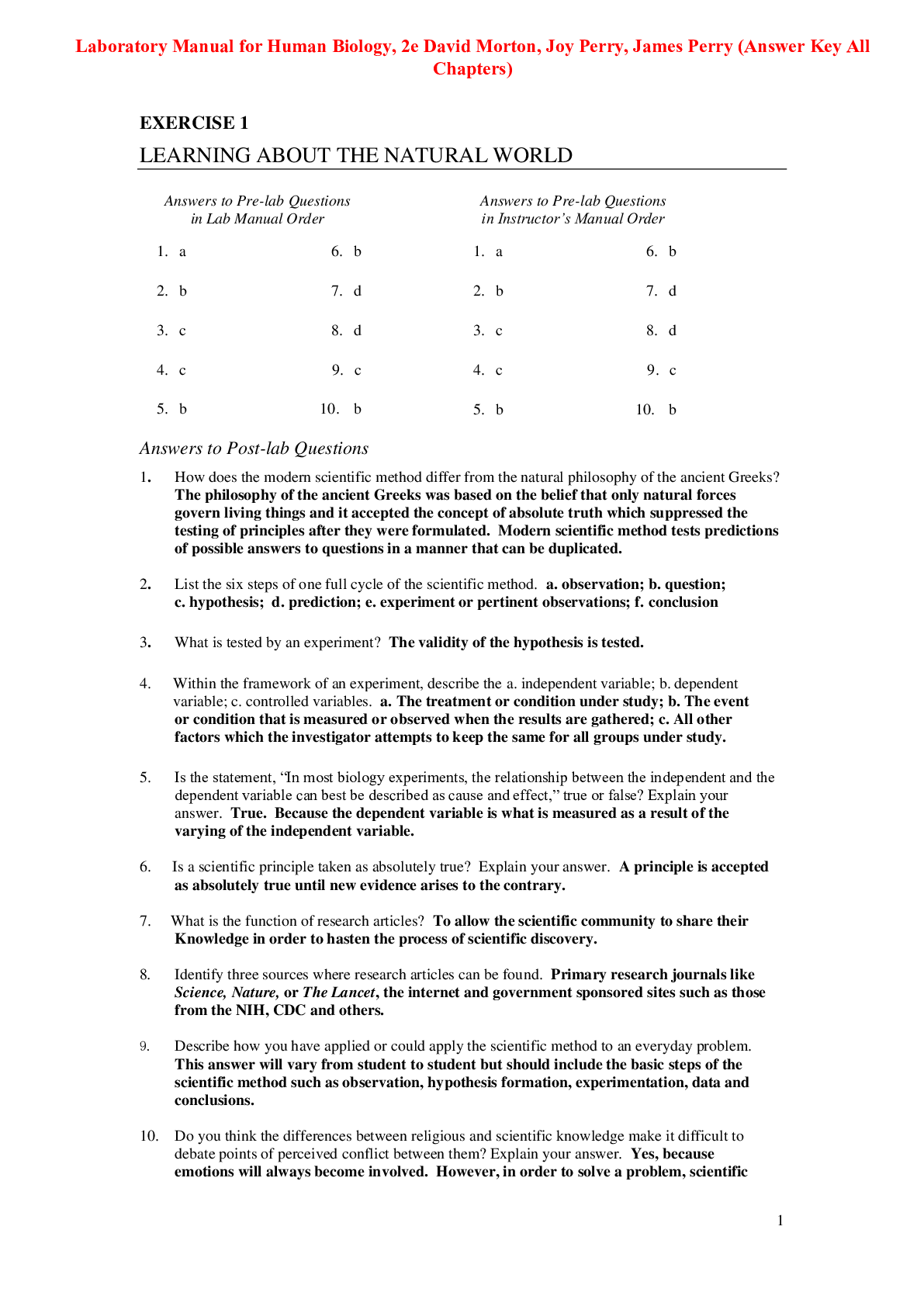

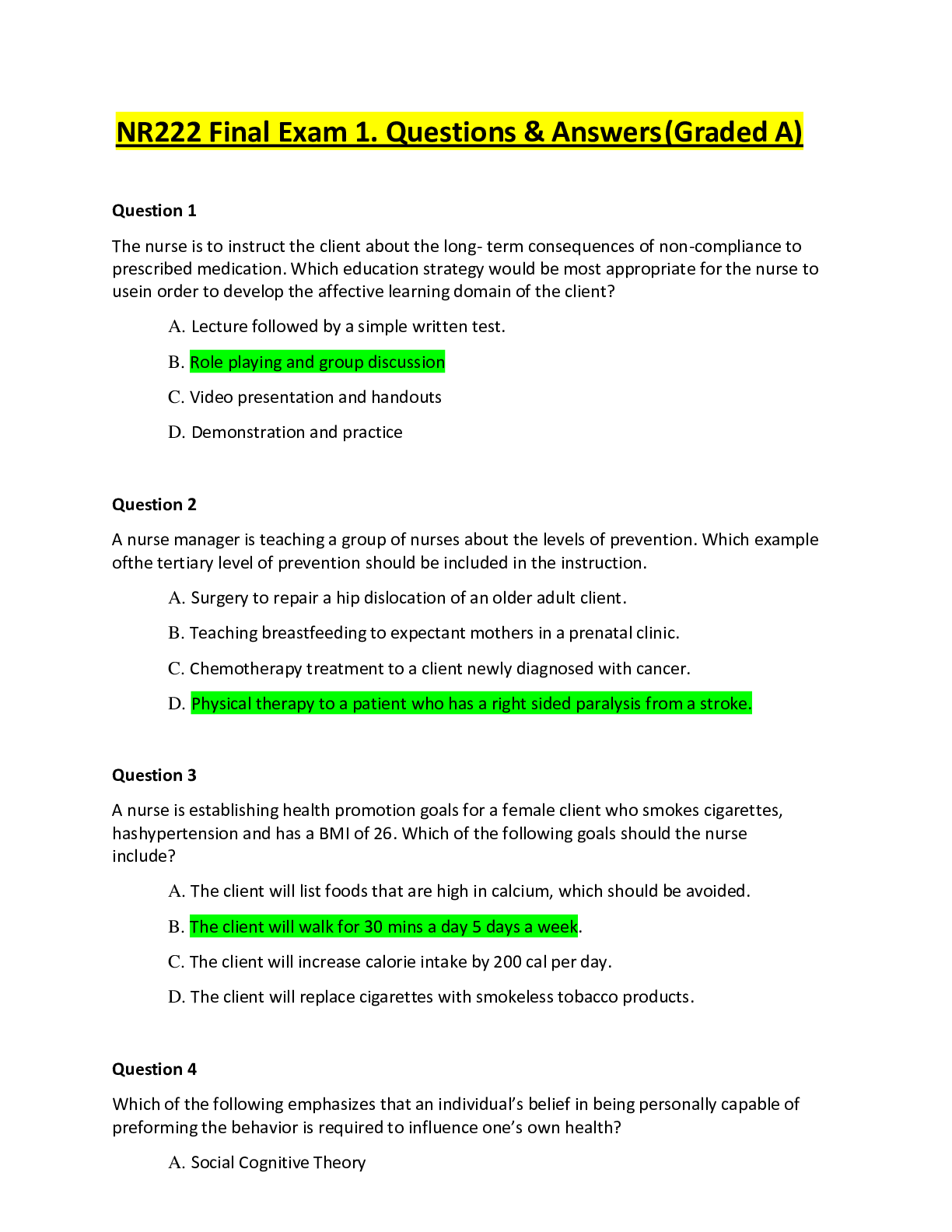
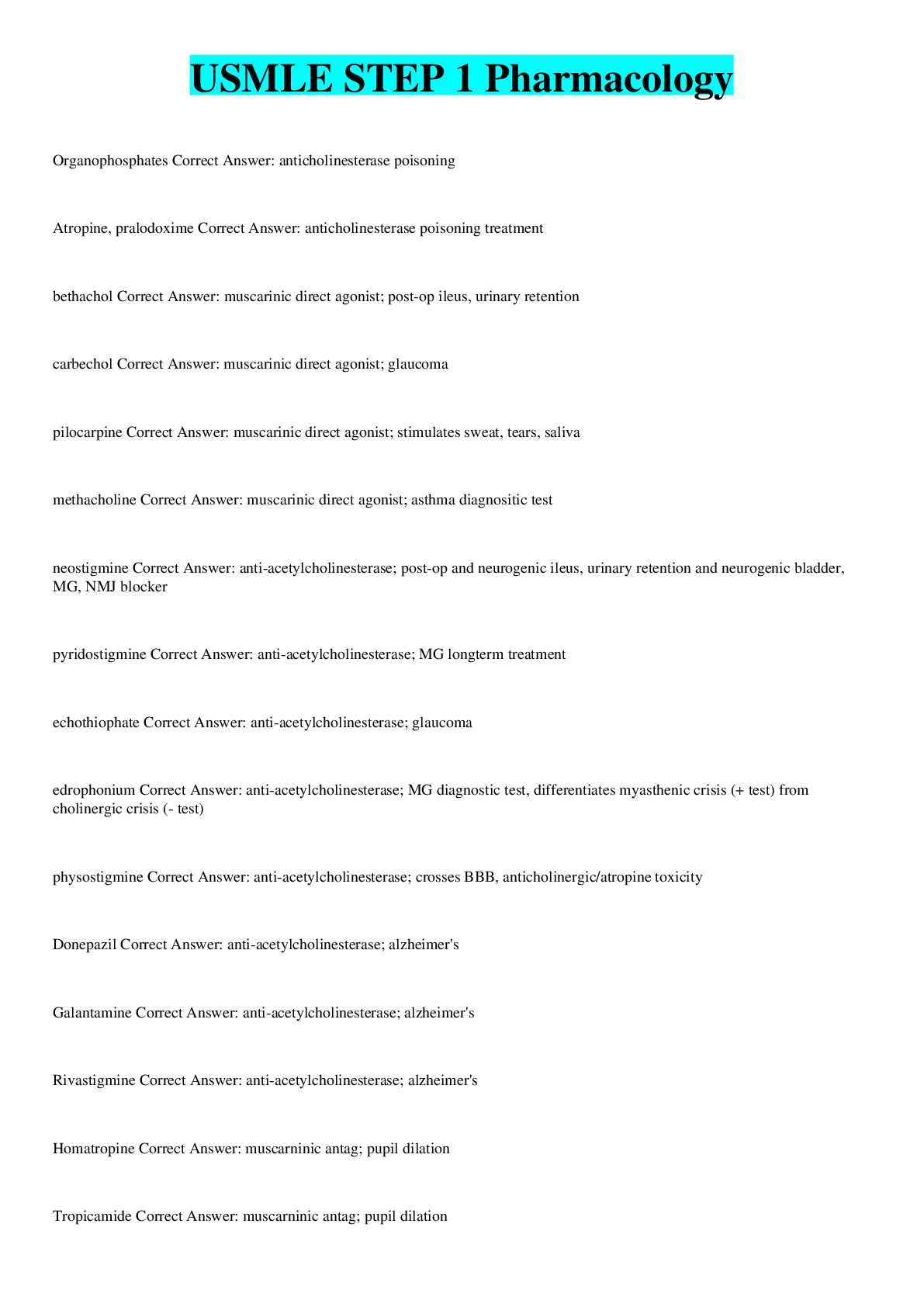

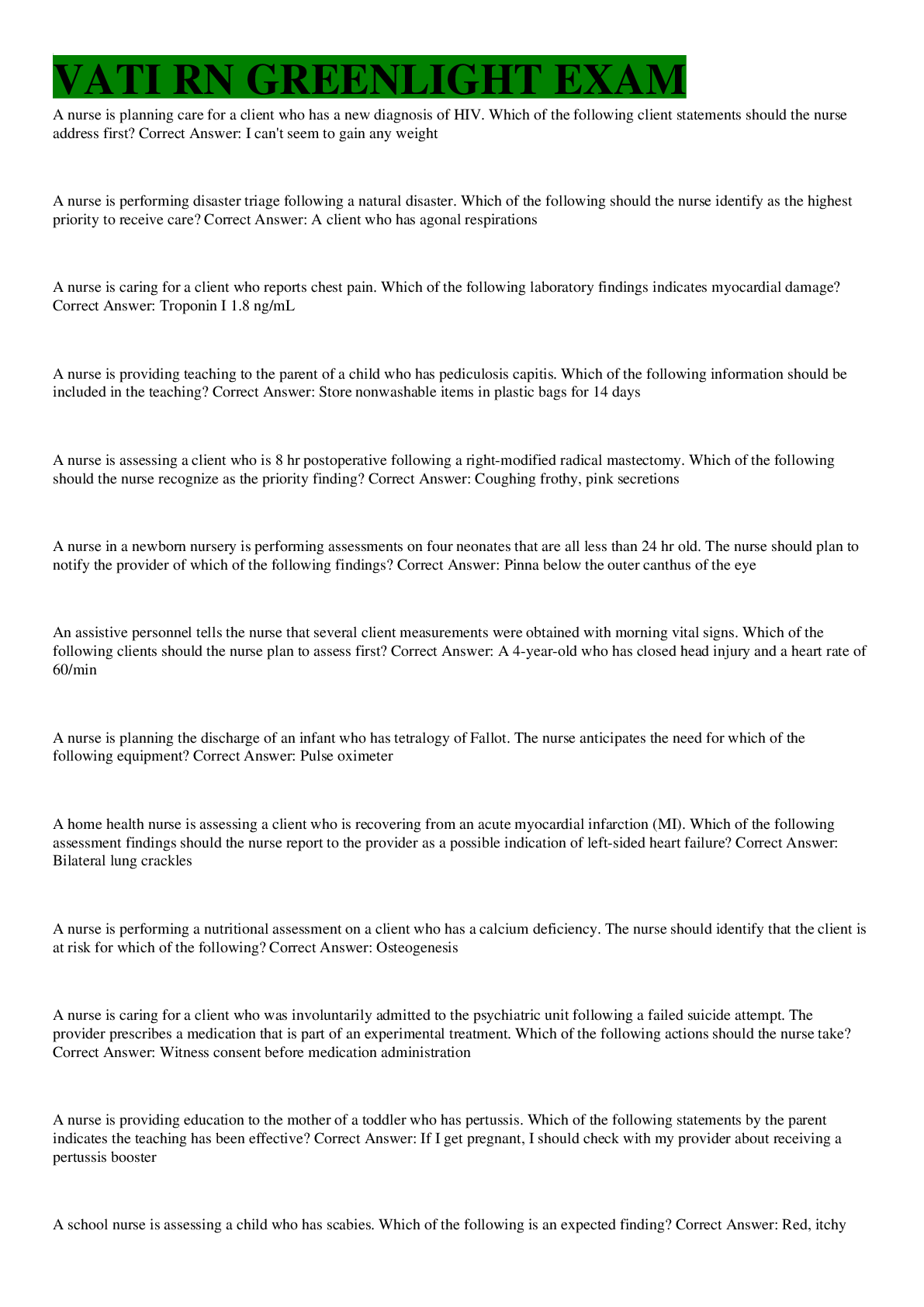
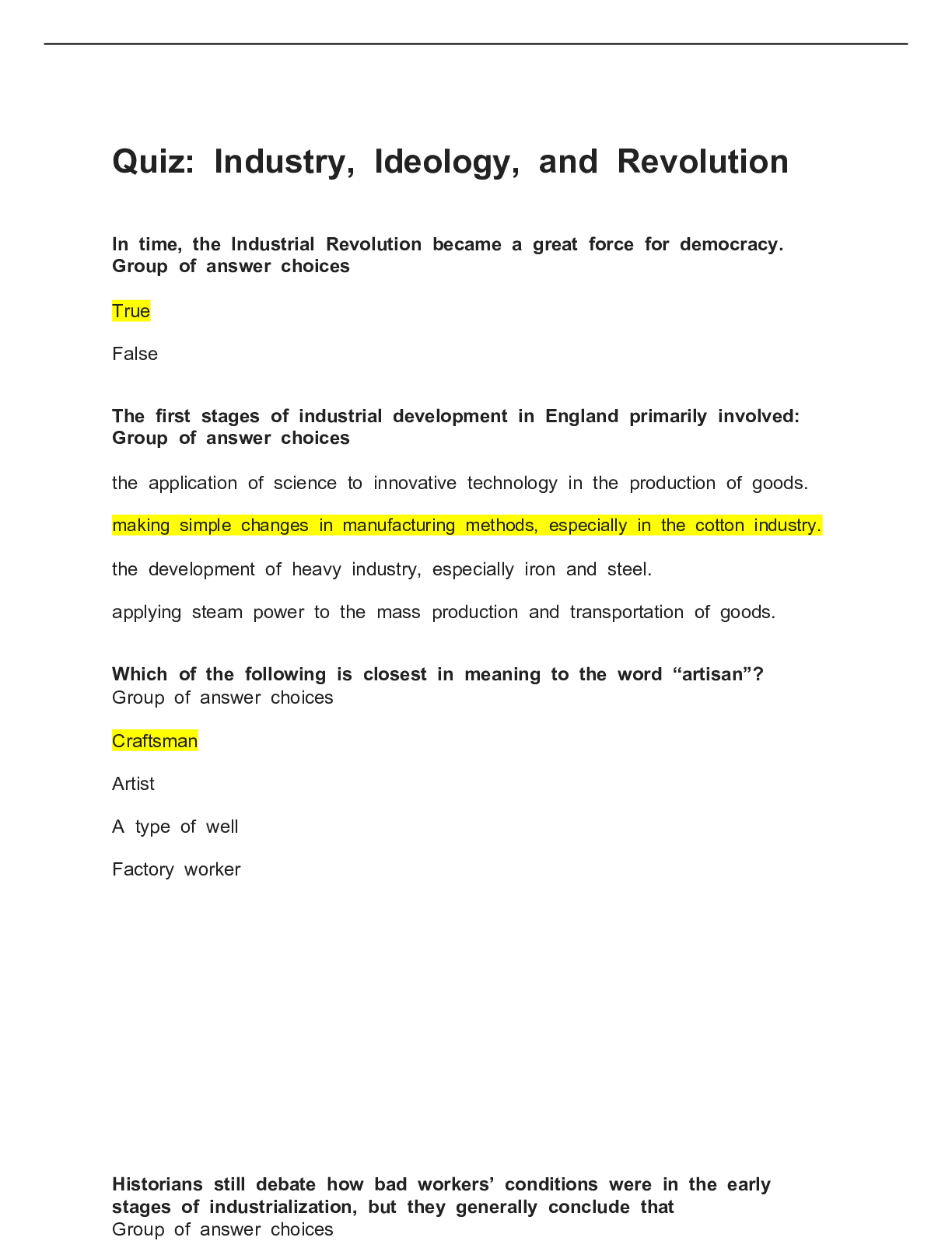
 UHC Ethics & Compliance 2022.png)

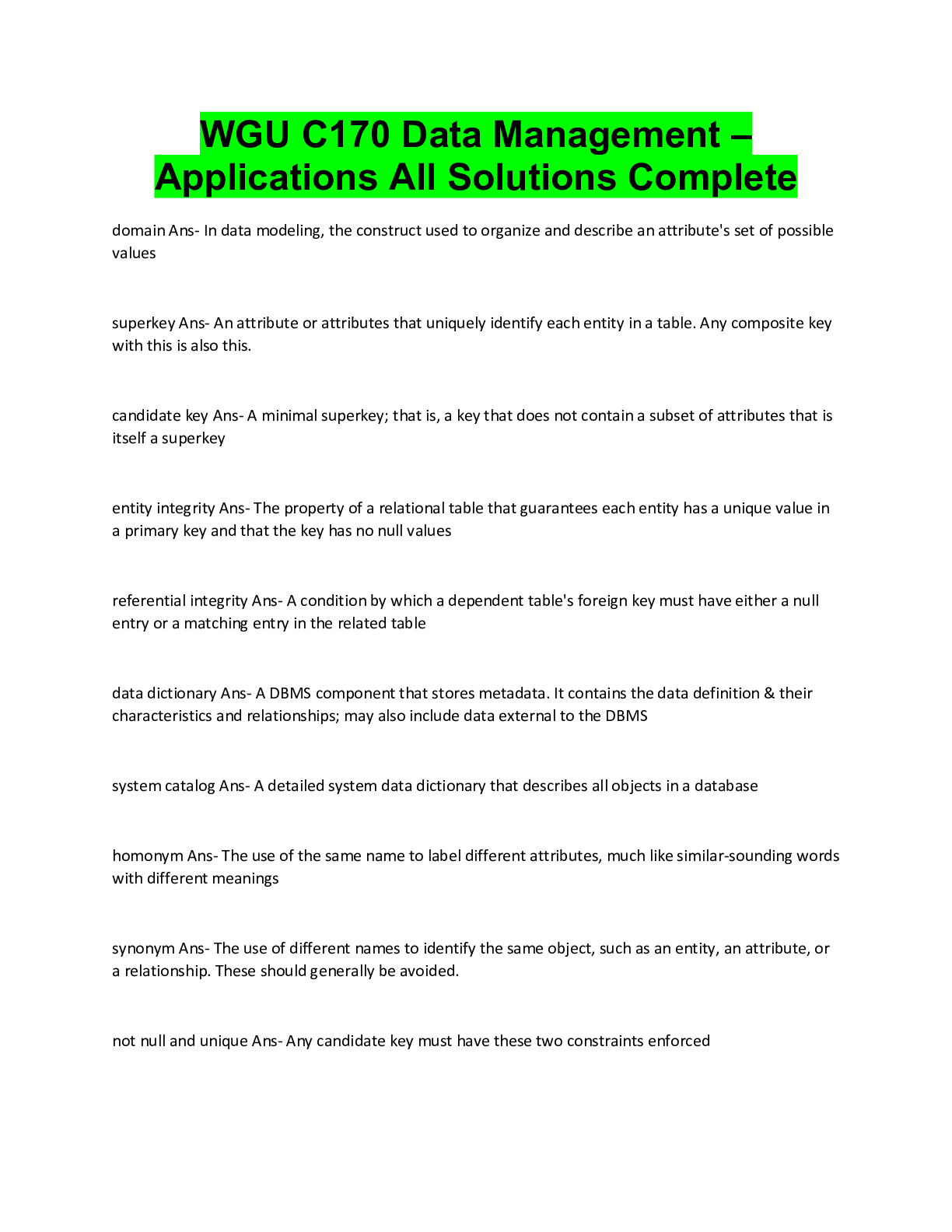
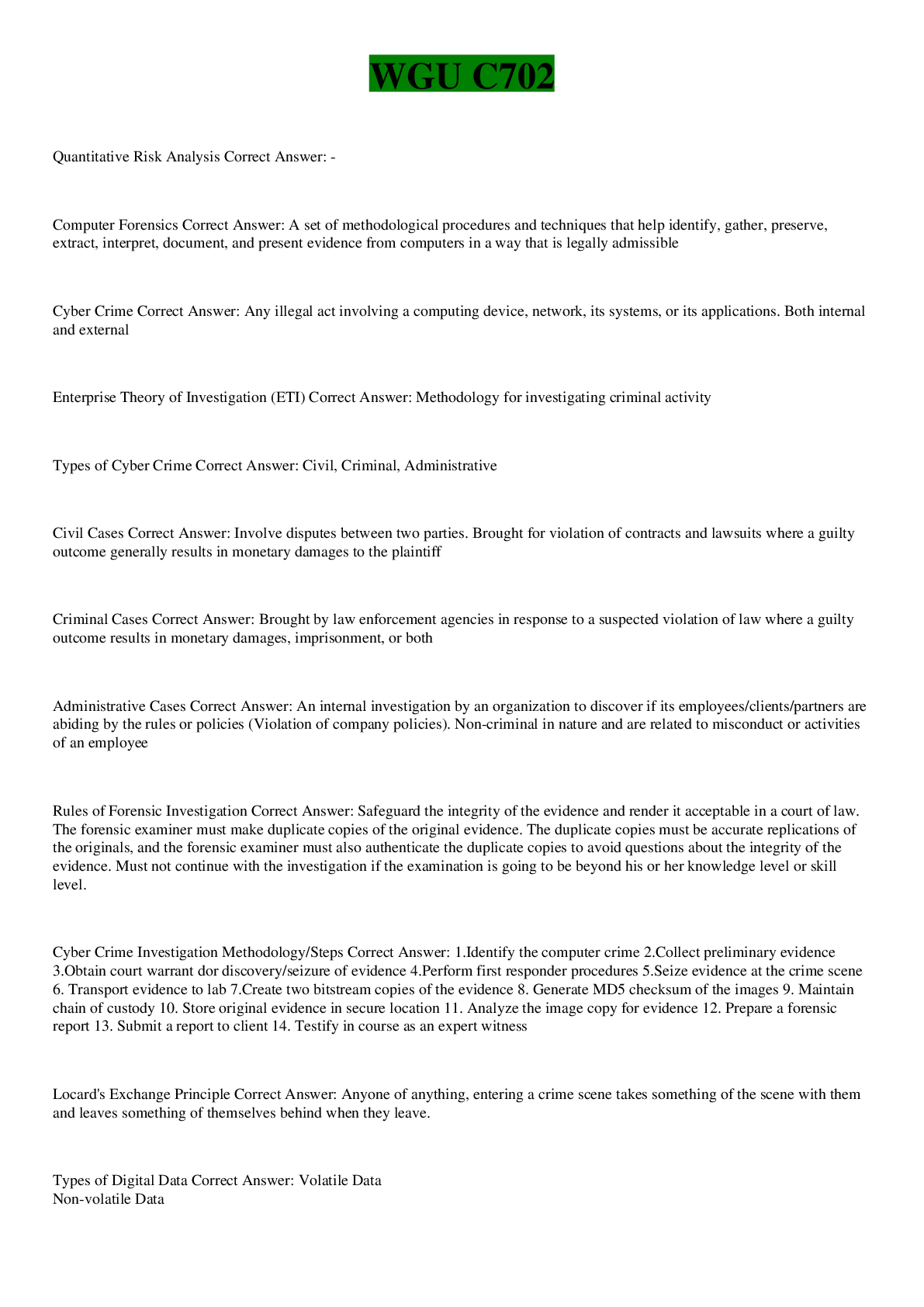
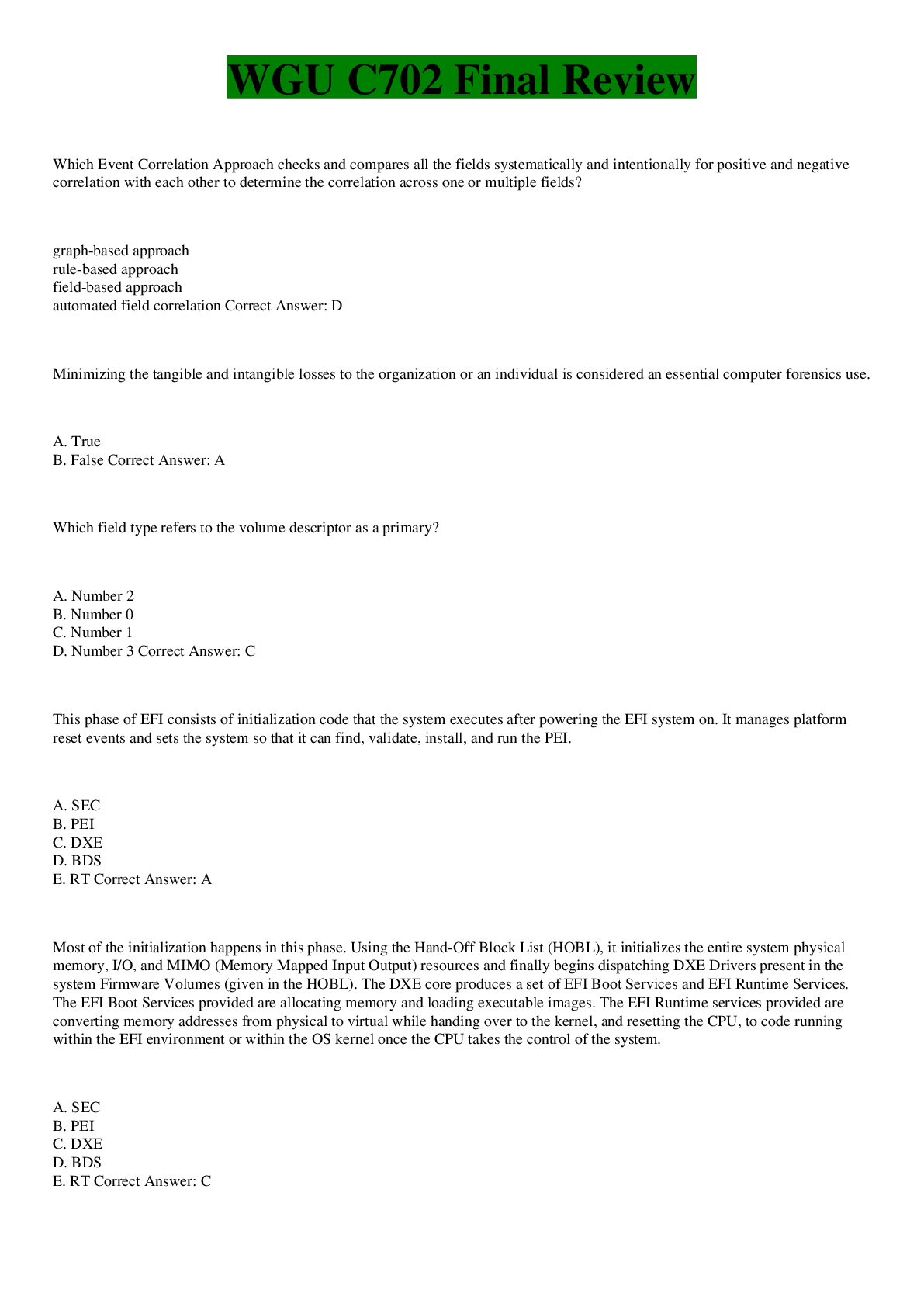
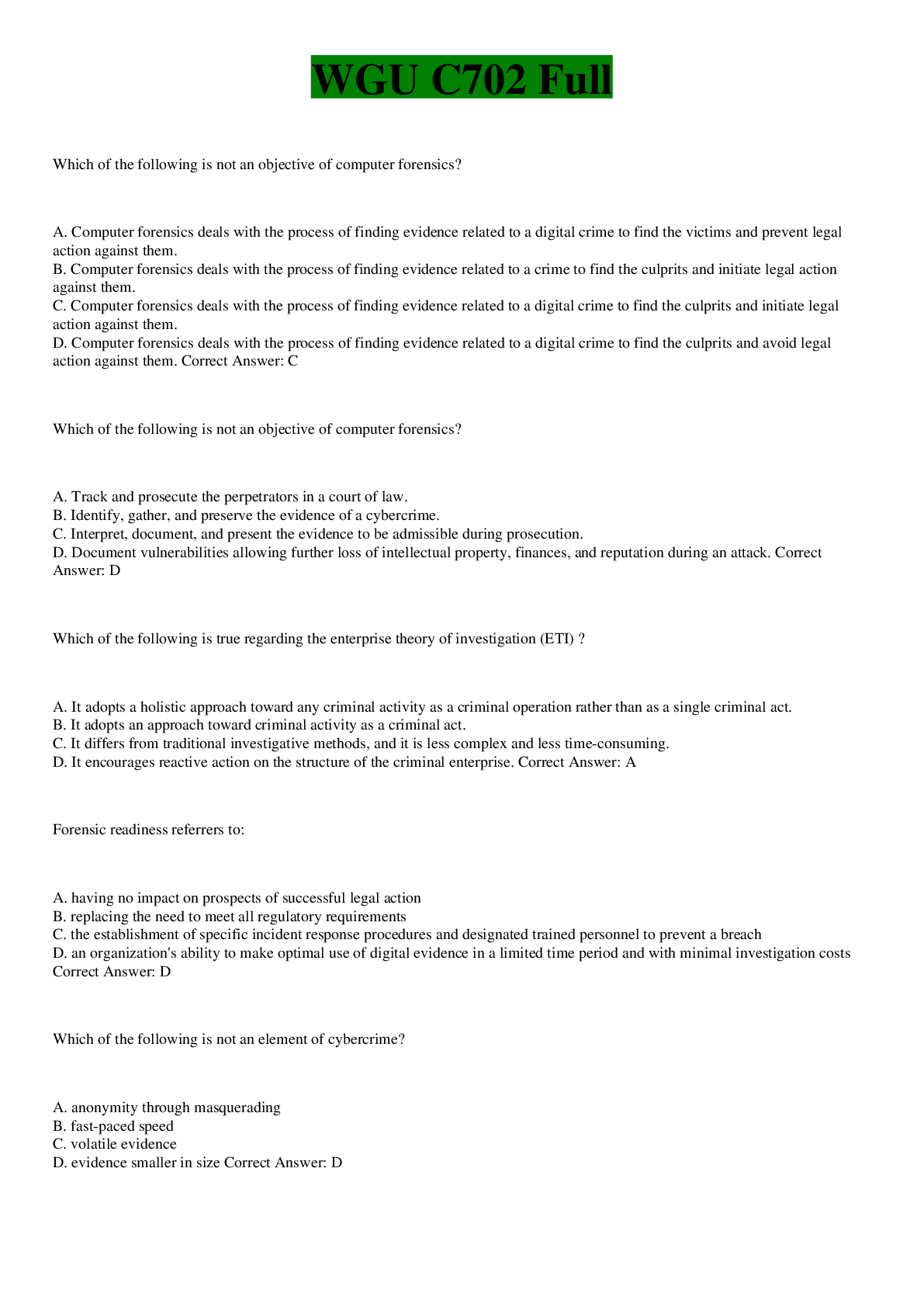


.png)
